Country United States Founded 1846 Population 599,164 (2013) Area 96.80 sq mi | State Mayor Tom Barrett (D) | |
Points of interest Harley-Davidson Museum, Milwaukee County Zoo, Mitchell Park Horticultural Conservatory, Pabst Mansion, Milwaukee Public Museum Colleges and Universities University of Wisconsin–Milwaukee, Marquette University, Milwaukee Area Technical College, Milwaukee School of Engineering, Medical College of Wisconsin Similar Chicago, Illinois, Chicago metropolitan area | ||
Milwaukee ( Hoocak: Tesisik) is the largest city in the State of Wisconsin, the 31st most populous city in the United States, and 39th most populous region in the United States. It is the county seat of Milwaukee County and is located on the southwestern shore of Lake Michigan. According to 2010 census data, the City of Milwaukee has a population of 594,833. Milwaukee is the main cultural and economic center of the Milwaukee–Racine–Waukesha Metropolitan Area with a population of 2,040,498 as of an official 2013 estimate. This ranks the region as the 29th most populous Combined Statistical Area of the United States. In 2012, Milwaukee was listed as a gamma global city by the Globalization and World Cities Research Network.
Contents
- Map of Milwaukee
- Biztimes milwaukee visits jim haertel of best place
- Things to do visit milwaukee
- History
- Geography
- Economy
- Culture
- In popular culture
- Museums
- City of Festivals
- Cuisine
- Streetza pizza the best food truck in america is in milwaukee wi
- Indian grocery store best food store milwaukee wi
- Joe eats milwaukee 01breakfast of champions
- References
Map of Milwaukee
The first Europeans to pass through the area were French Catholic missionaries and fur traders. In 1818, the French-Canadian explorer Solomon Juneau settled in the area, and in 1846 Juneaus town combined with two neighboring towns to incorporate as the City of Milwaukee. Large numbers of German and other immigrants helped increase the citys population during the 1840s and the following decades.
Biztimes milwaukee visits jim haertel of best place
Known for its brewing traditions, major new additions to the city include the Milwaukee Riverwalk, the Wisconsin Center, Miller Park, an internationally renowned addition to the Milwaukee Art Museum, Milwaukee Repertory Theater, and Pier Wisconsin, as well as major renovations to the UW–Milwaukee Panther Arena. In addition, many new skyscrapers, condos, lofts and apartments have been constructed in neighborhoods on and near the lakefront and riverbanks.
Things to do visit milwaukee
There have been five ships of the United States Navy named after the city, including USS Milwaukee (LCS-5).
History
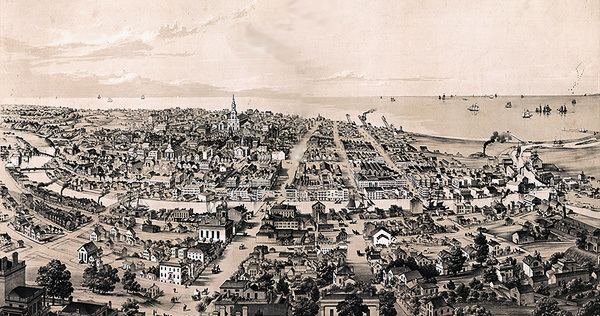
The Milwaukee area was originally inhabited by the Menominee, Fox, Mascouten, Sauk, Potawatomi, Ojibwe (all Algic/Algonquian peoples) and Ho-Chunk (Winnebago) (a Siouan people) Native American tribes. French missionaries and traders first passed through the area in the late 17th and 18th centuries. Alexis Laframboise, in 1785, coming from Michilimackinac (now in Michigan) settled a trading post; therefore, he is the first European descent resident of the Milwaukee region. The word "Milwaukee" may come from the Potawatomi language minwaking, or Ojibwe language ominowakiing, "Gathering place [by the water]". Early explorers called the Milwaukee River and surrounding lands various names: Melleorki, Milwacky, Mahn-a-waukie, Milwarck, and Milwaucki. For many years, printed records gave the name as "Milwaukie". One story of Milwaukees name says,
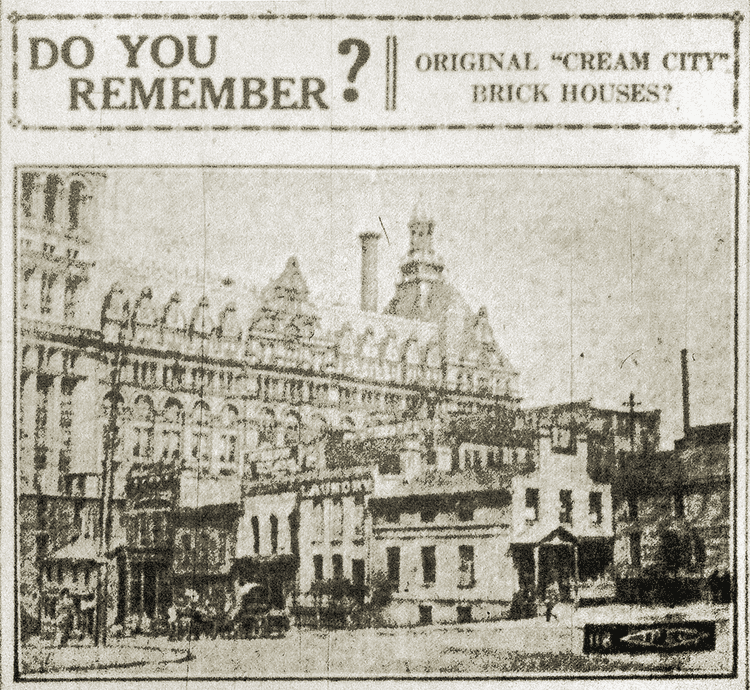
[O]ne day during the thirties of the last century [1800s] a newspaper calmly changed the name to Milwaukee, and Milwaukee it has remained until this day.
The spelling "Milwaukie" lives on in Milwaukie, Oregon, named after the Wisconsin city in 1847, before the current spelling was universally accepted.
Milwaukee was first settled by a French Canadian called Alexis Laframboise in 1785; it was only a trading post. Therefore, Solomon Juneau was not the first to arrive in the area, in 1818. However, Juneau founded the town called Juneaus Side, or Juneautown, that began attracting more settlers. Byron Kilbourn was Juneaus equivalent on the west side of the Milwaukee River. In competition with Juneau, he established Kilbourntown west of the Milwaukee River, and made sure the streets running toward the river did not join with those on the east side. This accounts for the large number of angled bridges that still exist in Milwaukee today. Further, Kilbourn distributed maps of the area which only showed Kilbourntown, implying Juneautown did not exist or that the east side of the river was uninhabited and thus undesirable. The third prominent builder was George H. Walker. He claimed land to the south of the Milwaukee River, along with Juneautown, where he built a log house in 1834. This area grew and became known as Walkers Point.
By the 1840s, the three towns had grown quite a bit, along with their rivalries. There were some intense battles between the towns, mainly Juneautown and Kilbourntown, which culminated with the Milwaukee Bridge War of 1845. Following the Bridge War, it was decided the best course of action was to officially unite the towns. So, on January 31, 1846, they combined to incorporate as the City of Milwaukee and elected Solomon Juneau as Milwaukees first mayor.
Milwaukee began to grow as a city as high numbers of immigrants, mainly German, made their way to Wisconsin during the 1840s and 1850s. Scholars classify German immigration to the United States in three major waves, and Wisconsin received a significant number of immigrants from all three. The first wave from 1845 to 1855 consisted mainly of people from Southwestern Germany, the second wave from 1865 to 1873 concerned primarily Northwestern Germany, while the third wave from 1880 to 1893 came from Northeastern Germany. In the 1840s, the number of people who left German-speaking lands was 385,434, in the 1850s it reached 976,072, and an all-time high of 1.4 million emigrated in the 1880s. In 1890, the 2.78 million first-generation German Americans represented the second largest foreign-born group in the United States. Of all those who left the German lands between 1835 and 1910, 90 percent went to the United States, most of them traveling to the Mid-Atlantic states and the Midwest.
By 1900 34 percent of Milwaukees population was of German background. The largest number of German immigrants to Milwaukee came from Prussia, followed by Bavaria, Saxony, Hanover, and Hesse-Darmstadt. Milwaukee gained its reputation for the most German of American cities not just from the large number of German immigrants it received, but the sense of community which the immigrants established there.
Most German immigrants came to Wisconsin in search of inexpensive farmland. However, immigration began to change in character and size in the late 1840s and early 1850s, due to the 1848 revolutionary movements in Europe. After 1848, hopes for a united Germany had failed, and revolutionary and radical Germans, known as the "Forty-Eighters," turned their attention to the United States. One of the most famous “liberal revolutionaries” of 1848 was Carl Schurz, who explained why he came to Milwaukee in 1854, “It is true, similar things [cultural events and societies] were done in other cities where the Forty-eighters [sic] had congregated. But so far as I know, nowhere did their influence so quickly impress itself upon the whole social atmosphere as in German Athens of America as Milwaukee was called at the time.”
Schurz was referring to the various clubs and societies that Germans developed in Milwaukee. The pattern of German immigrants to settle near each other encouraged the continuation of German lifestyle and customs. This resulted in German language organizations that encompassed all aspects of life; for example, singing societies and gymnastics clubs. Germans also made a lasting impact on the American school system. Kindergarten was created as a pre-school for children, and sports programs of all levels, as well as music and art were incorporated as elements of the regular school curriculum. These ideas were first introduced by radical-democratic German groups, such as the Socialist Turner Societies, known today as the American Turners. Specifically in Milwaukee, the American Turners established its own Normal College for teachers of physical education and a German-English Academy.
Milwaukees German element is still strongly present today. The city celebrates its German culture by annually hosting a German Fest in July and an Oktoberfest in October. Milwaukee boasts a good number of German restaurants, as well as a traditional German beer hall. Even the German language is not lost, as a German language immersion school is offered for children in grades K-5. Germans were, and still are, an important component of life in Wisconsin and Milwaukee.
Although the German presence in Milwaukee after the Civil War remained strong, other groups made their way to the city. Foremost among these were Polish immigrants. The Poles had many reasons for leaving their homeland, mainly poverty and political oppression. Because Milwaukee offered the Polish immigrants an abundance of low-paying entry level jobs, it became one of the largest Polish settlements in the USA.
For many residents, Milwaukees South Side is synonymous with the Polish community which settled here. The groups proud ethnicity maintained a high profile here for decades and it was not until the 1950s and 1960s that the families began to disperse to the southern suburbs.
By 1850, there were seventy-five Poles in Milwaukee County and the US Census indicates that they had a variety of occupations: grocers, blacksmiths, tavernkeepers, coopers, butchers, broommakers, shoemakers, draymen, laborers, and farmers. Three distinct Polish communities evolved in Milwaukee, with the majority settling in the area south of Greenfield Avenue. Milwaukee Countys Polish population of 30,000 in 1890 rose to 100,000 by 1915. Poles historically have had a strong national cultural and social identity, maintained through the Catholic Church. A view of Milwaukees South Side skyline is replete with the steeples of the many churches these immigrants built, churches that are still vital centers of the community.
St. Stanislaus Catholic Church and the surrounding neighborhood was the center of Polish life in Milwaukee. As the Polish community surrounding St. Stanislaus continued to grow, Mitchell Street became known as the "Polish Grand Avenue". As Mitchell Street grew denser, the Polish population started moving south to the Lincoln Village neighborhood, home to the Basilica of St. Josaphat and Kosciuszko Park. Other Polish communities started on the east side of Milwaukee and Jones Island, a major commercial fishing center settled mostly by Poles from the Baltic Coast.
Milwaukee has the fifth-largest Polish population in the U.S. at 45,467, ranking behind New York City (211,203), Chicago (165,784), Los Angeles (60,316) and Philadelphia (52,648). The city holds Polish Fest, an annual celebration of Polish culture and cuisine.
In addition to the Germans and Poles, Milwaukee received large influxes of other European immigrants from Lithuania, Italy, Ireland, France, Russia, Bohemia and Sweden, which included Jews, Lutherans, and Catholics. Italian Americans number in the city at 16,992 but, in Milwaukee County they number at 38,286. The largest Italian American festival, Festa Italiana is held in the city. By 1910, Milwaukee shared the distinction with New York City of having the largest percentage of foreign-born residents in the United States. In 1910, whites represented 99.7% of the citys total population of 373 857. Milwaukee has a strong Greek Orthodox Community, many of whom attend the Greek Orthodox Church on Milwaukees northwest side, designed by Wisconsin-born architect Frank Lloyd Wright. Milwaukee has a sizable Croatian population with Croatian churches and their own historic and successful soccer club The Croatian Eagles located at the 30-acre Croatian Park in Franklin, Wisconsin.
Milwaukee also has a large Serbian population with Serbian restaurants, a Serbian K-8 School, Serbian churches along with an American Serb Hall. The American Serb Hall in Milwaukee is known for its Friday fish fries and popular events. Many U.S. presidents have visited Milwaukees Serb Hall in the past. The Bosnian population is growing in Milwaukee as well due to the recent migration after the war in Bosnia-Herzegovina.
During this time, a small community of African Americans who emigrated from the South formed a community that would come to be known as Bronzeville. As industry boomed, the African-American influence grew in Milwaukee.
By 1925, there were around 9,000 Mexican Americans that lived in Milwaukee, but the Great Depression forced many of them to move back home. In the 1950s, the Hispanic community was beginning to emerge. They arrived for jobs, filling positions in the manufacturing and agricultural sectors. During this time there were labor shortages due to the immigration laws that restricted Europeans from immigrating to the United States. Additionally, strikes contributed to the labor shortages.
During the first half of the 20th century, Milwaukee was the major city in which the Socialist Party of America earned the highest votes. Milwaukee elected three mayors who ran on the ticket of the Socialist Party: Emil Seidel (1910–1912), Daniel Hoan (1916–1940), and Frank Zeidler (1948–1960). Often referred to as "Sewer Socialists", the Milwaukee Socialists were characterized by their practical approach to government and labor.
Geography
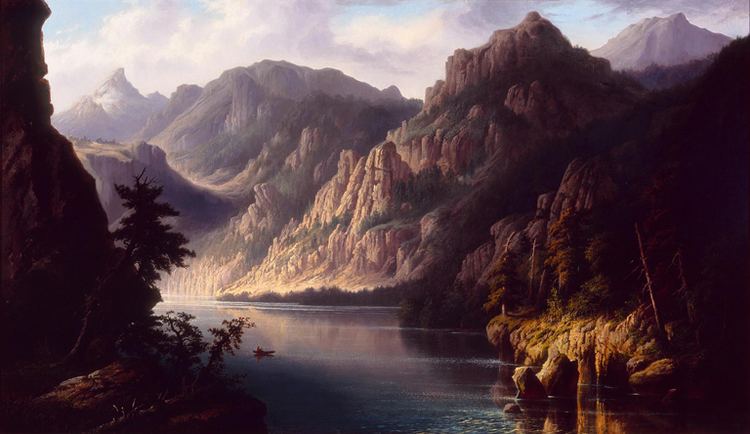
Milwaukee lies along the shores and bluffs of Lake Michigan at the confluence of three rivers: the Menomonee, the Kinnickinnic, and the Milwaukee. Smaller rivers, such as the Root River and Lincoln Creek, also flow through the city.
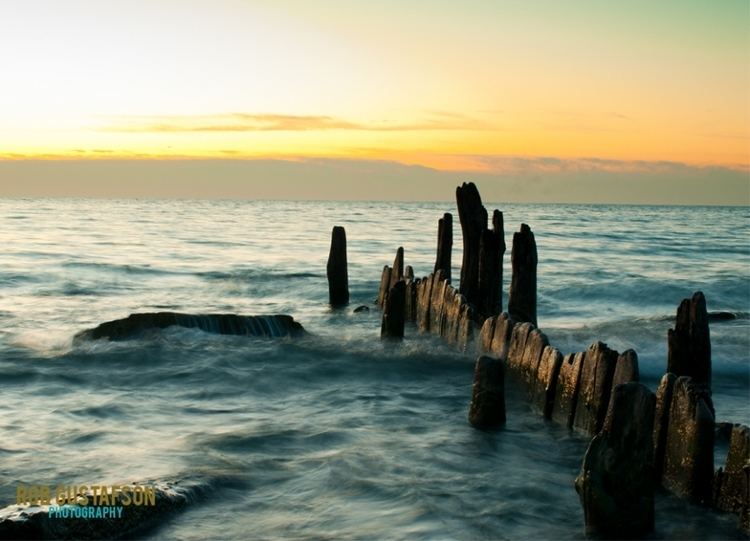
Milwaukees terrain is sculpted by the glacier path and includes steep bluffs along Lake Michigan that begin about a mile (1.6 km) north of downtown. In addition, 30 miles (48 km) southwest of Milwaukee is the Kettle Moraine and lake country that provides an industrial landscape combined with inland lakes.
According to the United States Census Bureau, the city has a total area of 96.80 square miles (250.71 km2), of which, 96.12 square miles (248.95 km2) is land and 0.68 square miles (1.76 km2) is water. The City is located overwhelmingly (99.89% of its area) in Milwaukee County, but there are two tiny unpopulated parts of it that extend into neighboring counties. The part in Washington County is bordered by the southeast corner of Germantown, while the part in Waukesha County is bordered by the southeast corner of Menomonee Falls, north of the village of Butler.
Economy
Milwaukee is the home to the international headquarters of 6 Fortune 500 companies: Johnson Controls, Northwestern Mutual, Manpower, Rockwell Automation, Harley-Davidson and Joy Global. Other companies based in Milwaukee include Briggs & Stratton, Marshall & Ilsley (acquired by BMO Harris Bank in 2010), Hal Leonard, Wisconsin Energy, the American Society for Quality, A. O. Smith, Master Lock, American Signal Corporation, GE Healthcare Diagnostic Imaging and Clinical Systems and MGIC Investments. The Milwaukee metropolitan area ranks fifth in the United States in terms of the number of Fortune 500 company headquarters as a share of the population. Milwaukee also has a large number of financial service firms, particularly those specializing in mutual funds and transaction processing systems, and a number of publishing and printing companies.
Culture

Milwaukee is a popular venue for Lake Michigan sailing, windsurfing, kitesurfing, ethnic dining, and cultural festivals. Often referred to as the City of Festivals, Milwaukee has various cultural events which take place throughout the summer at Maier Festival Park, on the lake. Museums and cultural events, such as Jazz in the Park, occur weekly in downtown parks. A 2011 study by Walk Score ranked Milwaukee 15th most walkable of fifty largest U.S. cities.
In popular culture
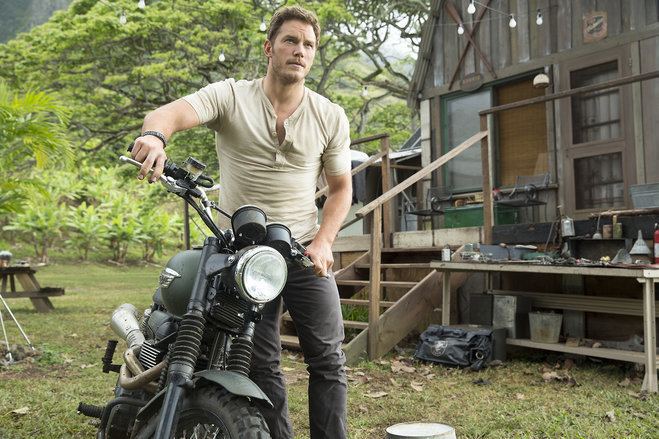
Milwaukee has appeared (or has been depicted) in scenes from a variety of feature films, including:
Museums
Milwaukee is home to a wide variety of museums:
Art
Science and natural history
Social and cultural history
In 2009, Milwaukee ranked No. 11 on Newsmax magazines list of the "Top 25 Most Uniquely American Cities and Towns," a piece written by current CBS News travel editor Peter Greenberg. In determining his ranking, Greenberg cited—among other things—the citys number of "standout historical structures," such as the Pabst Mansion and the Milwaukee Public Museum.
City of Festivals

While Milwaukee had been previously marketed as "A Genuine American City" as well as "A Great Place on a Great Lake," it has earned the nickname, the "City of Festivals."
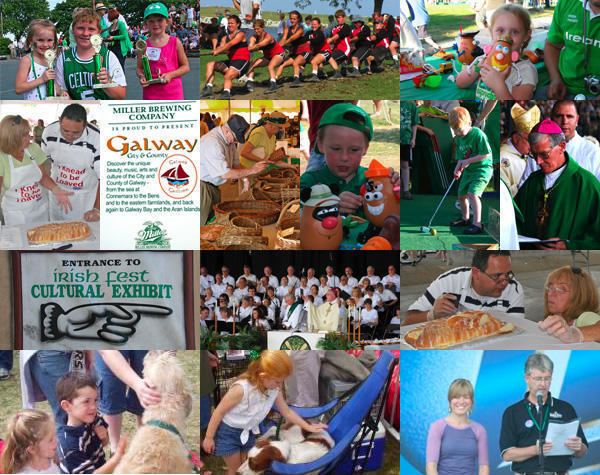
The city hosts the Wisconsin State Fair, as well as an annual lakefront fair called Summerfest. Listed in the 1999 Guinness Book of World Records as the largest music festival in the world, for the last several years Summerfest has attracted around a million visitors each year to its eleven stages.
Milwaukee is home to a variety of primarily ethnically themed festivals throughout the summer. Held generally on the lakefront Summerfest grounds, these festivals span several days (typically Friday plus the weekend) and celebrate Milwaukees history and diversity. In 2008 Riversplash, which markets itself as the official opening of summer, kicks off festival season on the last weekend of May. Festivals for the LGBT (PrideFest) and Polish (Polish Fest) communities follow in June. Summerfest spans 11 days at the end of June and beginning of July. Milwaukee hosts the Great Circus Parade in July. In 1960, the Shamrock Club of Wisconsin was started in Milwaukee with chapters in other parts of the state. There are French (Bastille Days), Greek, Italian (Festa Italiana) and German (German Fest) festivals in July. The African, Arab, Irish, Mexican, and American Indian events wrap it up from August through September. Milwaukee is also home to Trainfest, the largest operating model railroad show in America, in November.
Cuisine
German immigrants settled Milwaukee. Sauerkraut, bratwurst, and beer as well as other traditional German favorites continue to be popular in homes as well as at Milwaukees famous German restaurants. Milwaukee also offers a diverse selection of other ethnic restaurants.
Streetza pizza the best food truck in america is in milwaukee wi
Served under various names, a favorite sandwich for Milwaukeeans and Wisconsinites consists of a brat (often butterflied to lay flat) on top of a hamburger in a kaiser roll.
Indian grocery store best food store milwaukee wi
Frozen custard is a local favorite in the Cream City, with many competing stands throughout the area.
Joe eats milwaukee 01breakfast of champions
Cheese curds are another local favorite, and Wisconsinites also enjoy them fried.
Also known as Brew City, Milwaukee is home to many breweries and the traditional and nominal headquarters for national beer brands.
Milwaukees ethnic cuisines include German, Italian, Russian, Hmong, French, Serbian, Polish, Thai, Japanese, Chinese, Mexican, Indian, Korean, Vietnamese, Turkish, Middle Eastern and Ethiopian.
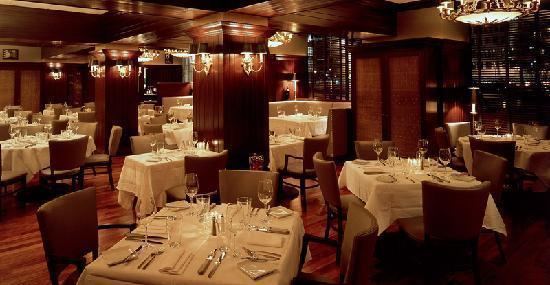
Famous Chef Julia Child visited Milwaukee and selected Milwaukee native chef Sanford DAmato to cook for her 80th birthday. DAmato, trained in New York City, is the executive chef for Milwaukees five star restaurant Sanford, and Coquette Cafe Milwaukee.
Milwaukee County hosts the Zoo-A La Carte at the Milwaukee County Zoo, and various ethnic festivals like Summerfest, German Fest, and Festa Italiana to celebrate various types of cuisine in summer months.
